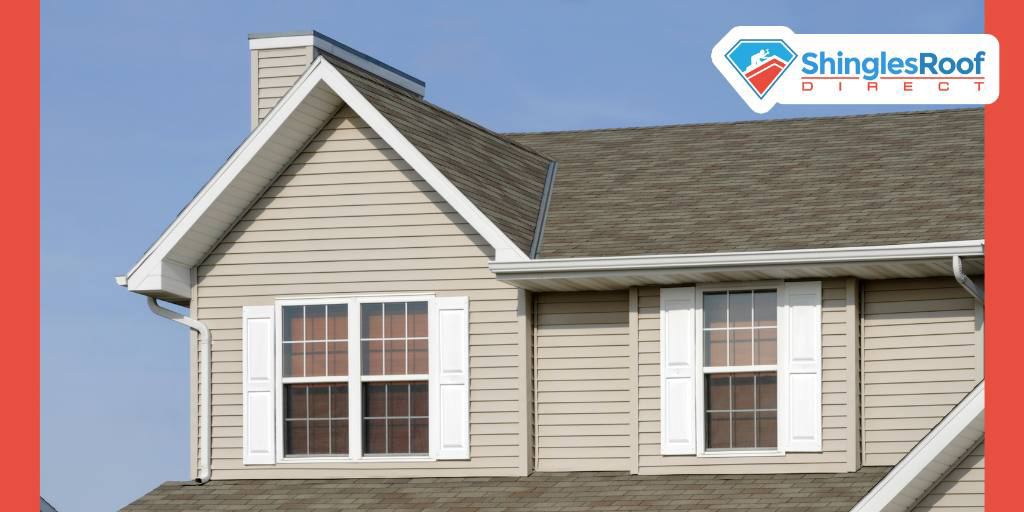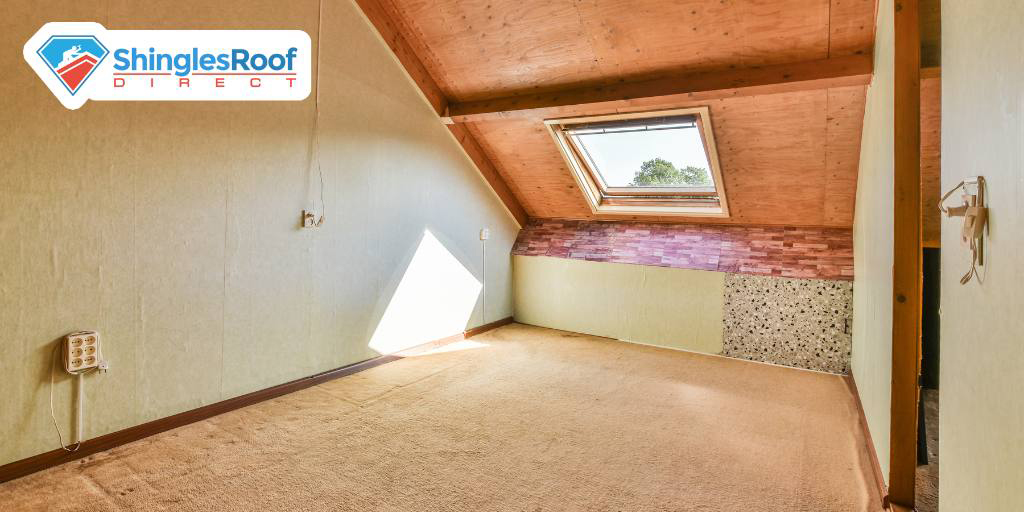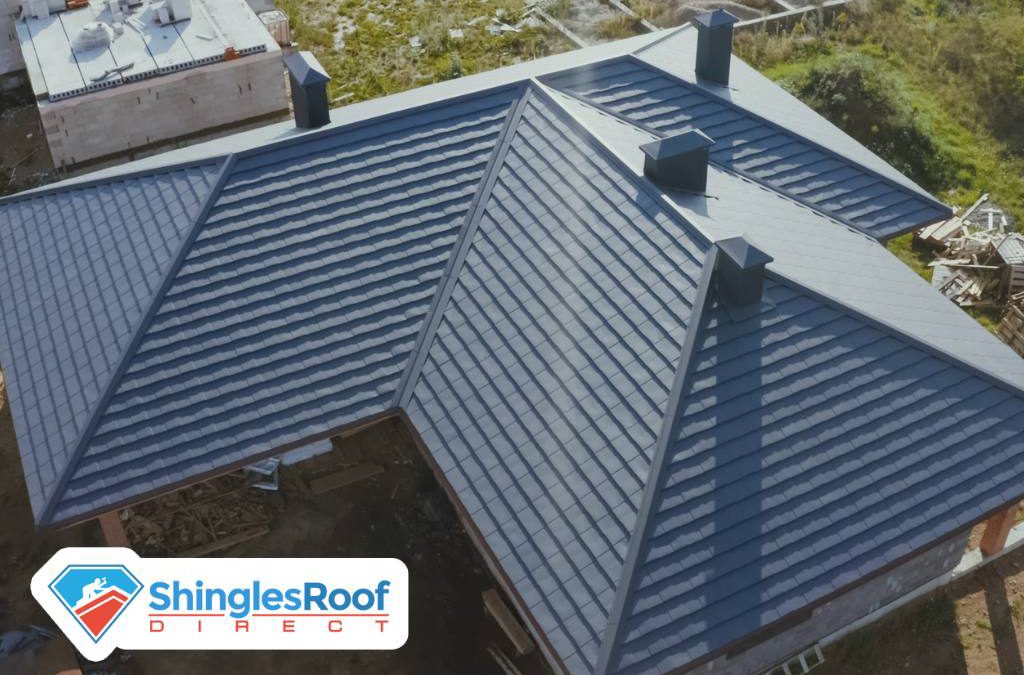Created by Microhound
Roof types play a crucial role in defining the architectural style and functionality of buildings. They provide shelter from the elements and contribute significantly to the overall aesthetic appeal and structural integrity of a structure. In the case of a hip roof, its unique design offers several advantages that make them popular in both residential and commercial architecture.
Understanding the characteristics and benefits of a hip roof is essential for anyone involved in the design, construction, or renovation of buildings. This article explores the anatomy, advantages, design variations, and practical considerations associated with hip roofs, providing valuable insights into their role in modern architecture.
Table of Contents
What is a Hip Roof
A hip roof is a type of roof where all sides slope downwards to the walls, usually with a fairly gentle slope. Each side of the roof has a triangular shape, meeting at the top to form a ridge. Unlike gable roofs that have two sloping sides meeting at a central peak, hip roofs have all sides sloping towards the walls of the structure, creating eaves on all four sides.
Hip roofs are known for their stability and durability. These make them particularly suitable for areas prone to high winds or regions with varying weather conditions. Their ability to efficiently shed water and resist uplift forces makes them a preferred choice in many building designs. Additionally, hip roofs lend themselves well to a variety of architectural styles, from traditional to contemporary. This allows architects and builders to incorporate them creatively into diverse building designs.
Hip Roof Structure
Understanding the components of a hip roof is essential for architects, builders, roofing professionals, and homeowners alike. Each element plays a crucial role in the roof’s stability, drainage efficiency, and overall aesthetic appeal. By carefully designing and constructing these components, architects can optimize the performance and longevity of hip roofs in various architectural styles and geographic locations.
Key Components: Rafters, Ridge, Hip Rafter, and Valley
1. Rafters
Rafters are the inclined beams that support the roof structure and provide the framework for the roof decking and covering materials. In a hip roof, each side has its set of rafters that slope from the ridge to the eaves, where they are usually anchored to the exterior walls of the building.
2. Ridge
The ridge is the horizontal line formed at the peak where the sloping sides of the roof meet. It runs along the length of the roof and serves as a point of connection for the rafters from all sides.
3. Hip Rafter
Hip rafters are diagonal rafters that extend from the ridge to the corners (hips) of the building. They form the external angle between two adjacent sloping sides of the roof, providing structural support and defining the shape of the hip roof.
4. Valley
Valleys are the internal angles formed where two roof slopes meet inwardly. They collect rainwater and direct it towards gutters or downspouts, preventing water accumulation and potential leaks inside the building.
Advantages of Hip Roofs
Enhanced Stability and Wind Resistance
Hip roofs are renowned for their structural stability and resilience against strong winds and adverse weather conditions. The sloping design of a hip roof evenly distributes the weight of the roof downward and outward, reducing the likelihood of uplift during high winds. This structural integrity makes hip roofs suitable for regions prone to hurricanes, tornadoes, or frequent gusty winds. Additionally, the absence of gable ends reduces the risk of wind pressure buildup and structural damage, enhancing the roof’s stability.
Aesthetic Appeal and Architectural Versatility
A hip roof offers a timeless aesthetic that complements various architectural styles, from traditional to modern designs. Their symmetrical slopes and clean lines create a visually pleasing profile that enhances the overall appearance of a building. Hip roofs can be customized with different materials, colors, and finishes to match the character and theme of the structure. Whether used in residential homes, commercial buildings, or historic landmarks, hip roofs contribute to the architectural charm and curb appeal of the property.

Efficient Drainage and Water Runoff
One of the practical advantages of hip roofs is their efficient drainage system. The sloping sides of the roof allow rainwater, snow, and debris to easily run off without pooling or accumulating on the roof surface. This reduces the risk of water damage, leaks, and ice dams that can compromise the integrity of the roof over time. Hip roofs help maintain a dry and protected interior environment, enhancing the longevity and durability of the building structure.
Common Variants: Simple Hip, Cross Hip, Half Hip
Simple Hip
The simplest form of a hip roof, where all sides slope uniformly downwards to the walls. It provides a clean and symmetrical appearance, suitable for a wide range of architectural styles.
Cross Hip
In a cross hip roof, additional ridges intersect at right angles, creating multiple hip sections. This design variation adds complexity and architectural interest to the roof structure.
Half Hip
Also known as a clipped gable or jerkinhead roof, a half hip roof combines elements of a hip roof with a gable end. The ends of the roof are clipped or truncated, blending the characteristics of both roof types.
Integration with Dormers and Gables, Mansard Roof
Dormers and Gables
Hip roofs can be integrated with dormers (vertical windows projecting from a sloping roof) and gables (triangular or pentagonal sections of wall at the end of a pitched roof). These architectural features enhance the functionality and aesthetic appeal of hip roofs by providing additional space, natural light, and design accents.
Mansard Roof
Although technically a variation of a gambrel roof, the mansard roof is sometimes integrated with hip roof elements. It features a double slope on all four sides, with the lower slope being steeper than the upper slope. Mansard roofs are known for their versatility in adding living space to attic areas and creating distinctive historical and architectural character.

Practical Considerations
Construction Challenges and Costs
Constructing a hip roof involves challenges and considerations that impact both labor and material costs. Unlike simple roof designs, hip roofs require precise measurements and carpentry skills to ensure the proper alignment of rafters, hips, and valleys. The geometry of hip roofs can increase construction time and labor costs, especially in roofs with multiple intersecting ridges and valleys.
Additionally, the need for durable roofing materials to secure the hip rafters and valleys adds to the overall construction expenses. Despite these challenges, the long-term benefits of enhanced stability, durability, and aesthetic appeal justify the initial investment in a hip roof.
Maintenance Requirements
Hip roofs have lower maintenance requirements compared to other roof types due to their sloping design. This facilitates efficient water runoff and reduces the risk of debris accumulation. Periodic inspections after severe weather events are recommended to identify and address any potential damage promptly. By adhering to a routine maintenance schedule, homeowners can prolong the lifespan of their hip roof and mitigate costly repairs in the future.
Climate Suitability and Geographic Considerations
The suitability of hip roofs varies depending on the climate and geographical location of the building. Hip roofs excel in regions with moderate to high rainfall, as their sloping sides facilitate effective water drainage and reduce the risk of water infiltration and structural damage.
Additionally, the shape of hip roofs enhances wind resistance, making them ideal for areas prone to strong gusts and storms. In areas with heavy snow loads, roof pitch and reinforcement may be necessary to prevent snow accumulation and potential roof collapse.
Summary of Benefits and Applications
Hip roofs stand out as a versatile and practical roofing option that offers numerous benefits across various architectural styles and geographic locations. Their stability, enhanced wind resistance, and efficient water drainage make them a preferred choice for homeowners. By distributing weight evenly and minimizing wind uplift, hip roofs provide reliable protection against inclement weather conditions, contributing to the longevity and durability of buildings.
Architecturally, hip roofs enhance the aesthetic appeal of structures with their clean lines and symmetrical slopes. They integrate with both traditional and contemporary designs, offering flexibility in roof and material choices. Whether used in residential homes, commercial buildings, or historical landmarks, hip roofs continue to showcase their timeless appeal and functional advantages.
Quick FAQs on Commercial Roof Replacement
Are hip roofs more expensive to build?
Yes, hip roofs can be more costly to construct compared to simpler roof designs. Their complex geometry and additional materials required for hips, valleys, and rafters contribute to higher construction costs. However, hip roofs offer enhanced stability, excellent wind resistance, and efficient water drainage. They also provide a timeless aesthetic that complements various architectural styles.
Are hip roofs suitable for all climates?
Hip roofs are generally suitable for a wide range of climates. They excel in regions with moderate to high rainfall and are effective in areas prone to strong winds. Proper design considerations can also make them suitable for snowy climates.
Can hip roofs accommodate attic space or dormers?
Yes, hip roofs can accommodate attic space and dormers. They can be designed to include dormer windows or additional living space in the attic, enhancing both functionality and architectural appeal.
Created by Microhound

